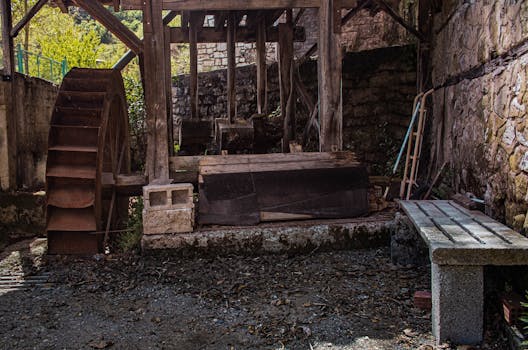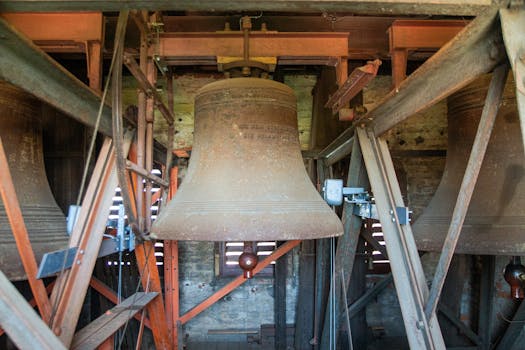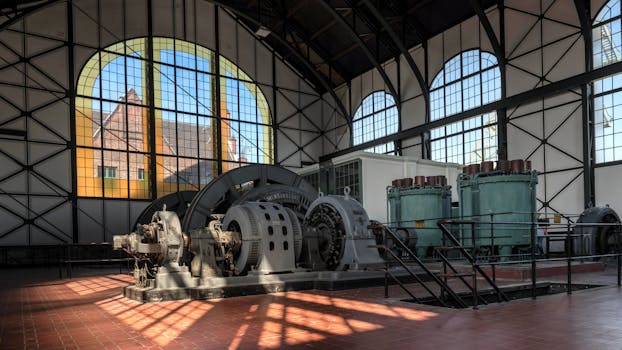
The Evolution of Mechanical Engineering Through the Ages
Takeaways:
- Mechanical engineering has evolved from ancient inventions to modern innovations.
- Key historical milestones include the invention of the wheel, the steam engine, and automation technologies.
- The field plays a critical role in modern society, influencing various industries and daily life.
Mechanical engineering, a discipline that combines principles of physics, mathematics, and materials science, has transformed significantly throughout history. This article explores the evolution of mechanical engineering, tracing its origins from ancient civilizations to today’s cutting-edge technologies.
Ancient Innovations and Foundations

In ancient Greece, figures like Archimedes made significant contributions to engineering. Archimedes invented the Archimedean screw, a device designed for raising water, which remains fundamental in various applications today. His work laid the groundwork for understanding mechanics and fluid dynamics, essential components of mechanical engineering.
During the Roman Empire, engineering reached new heights with the construction of aqueducts, bridges, and roads. The Romans utilized advanced techniques in materials and structural engineering, demonstrating the practical application of mechanical principles. These achievements showcased the importance of mechanical engineering in society, setting precedents for future engineers.
The Middle Ages and the Renaissance

The Renaissance, beginning in the 14th century, marked a resurgence of interest in science and engineering. Innovators like Leonardo da Vinci contributed to mechanical engineering with designs for flying machines, armored vehicles, and other complex devices. His sketches and theories blended art and engineering, emphasizing the creative aspect of the discipline.
The invention of the printing press by Johannes Gutenberg in the 15th century is another key milestone. This innovation revolutionized communication and information dissemination, demonstrating how mechanical engineering could transform society. The principles behind these inventions would influence future generations of engineers and inventors.
The Industrial Revolution: A Turning Point

During this time, mechanical engineering became a distinct discipline. The establishment of engineering schools and professional societies fostered education and collaboration among engineers. Innovations in manufacturing processes, such as the assembly line introduced by Henry Ford, further transformed industries, making products more accessible to the masses.
Additionally, the development of new materials, such as steel, allowed for the construction of larger and more complex machines. This period saw the rise of heavy machinery, which facilitated advancements in construction, mining, and transportation. Mechanical engineering played a pivotal role in shaping the modern world during this transformative era.
Modern Innovations and Future Directions

Furthermore, the growing emphasis on renewable energy sources, such as wind and solar power, is challenging mechanical engineers to innovate in sustainable technologies. The integration of artificial intelligence and machine learning into engineering processes is paving the way for smarter systems and more efficient designs.
As we move forward, mechanical engineering will play a crucial role in addressing global challenges, from climate change to urbanization. The field’s ability to adapt and innovate will be essential in shaping a sustainable and technologically advanced future.
Conclusion
The evolution of mechanical engineering reflects humanity’s quest for innovation and improvement. From ancient devices to modern technologies, the discipline has advanced significantly, influencing every aspect of our lives. As we continue to face new challenges, mechanical engineering will remain at the forefront, driving progress and shaping the future.







